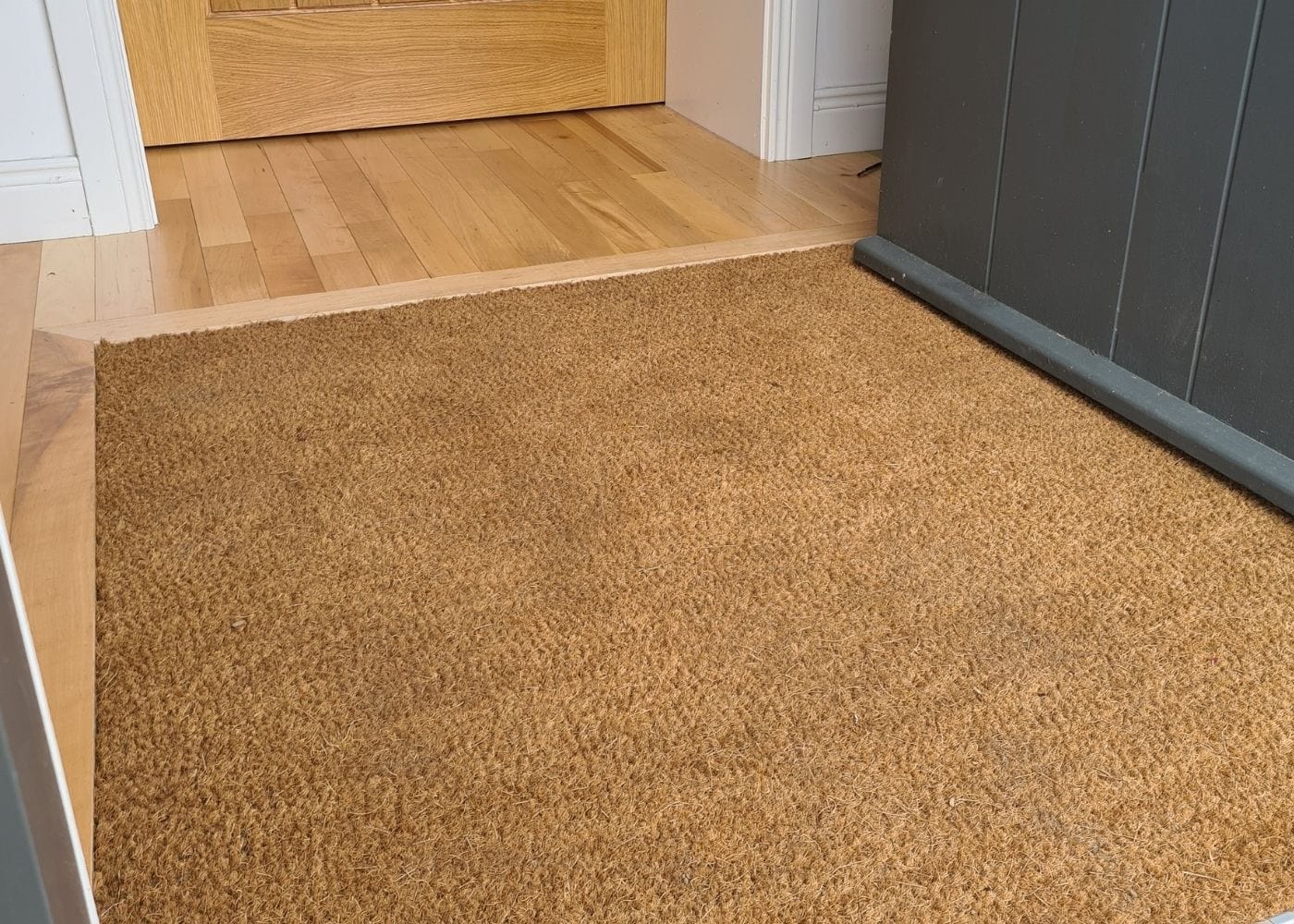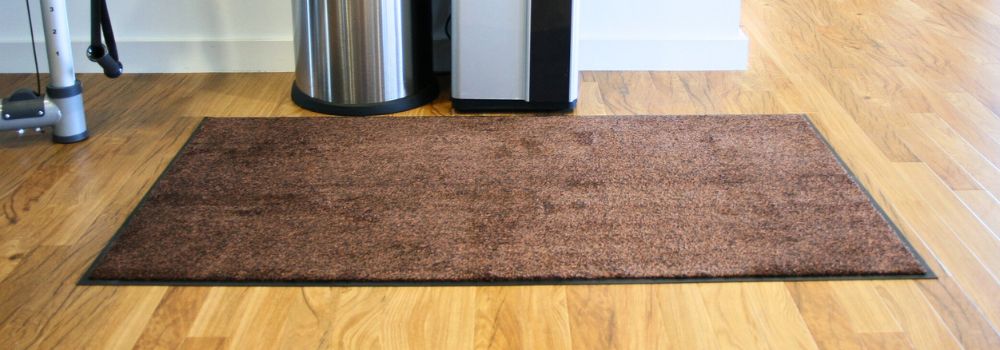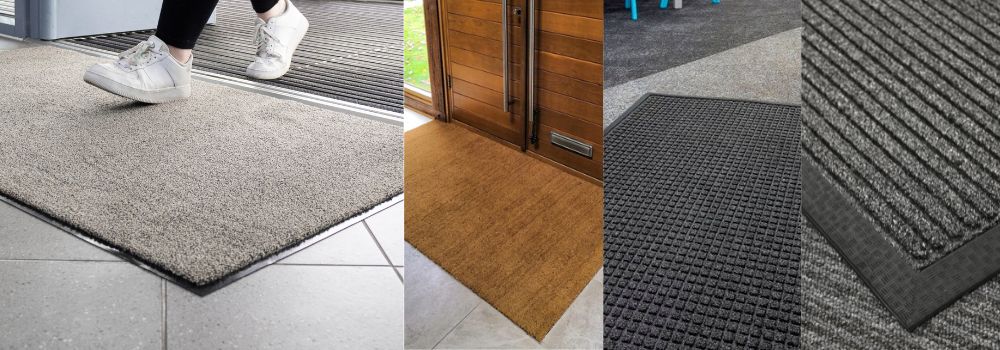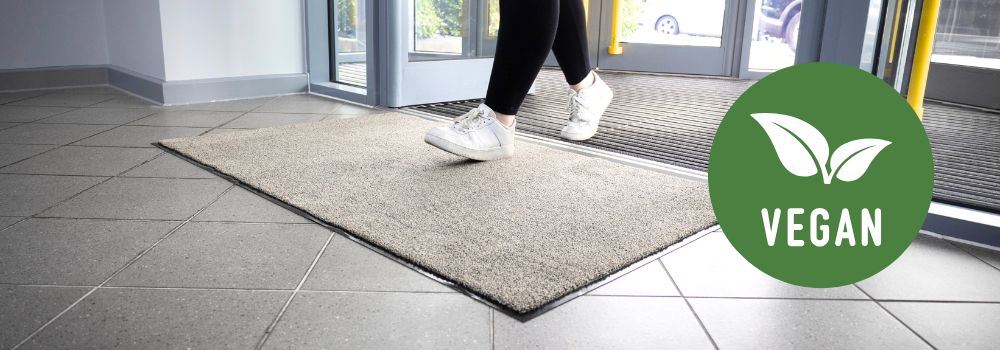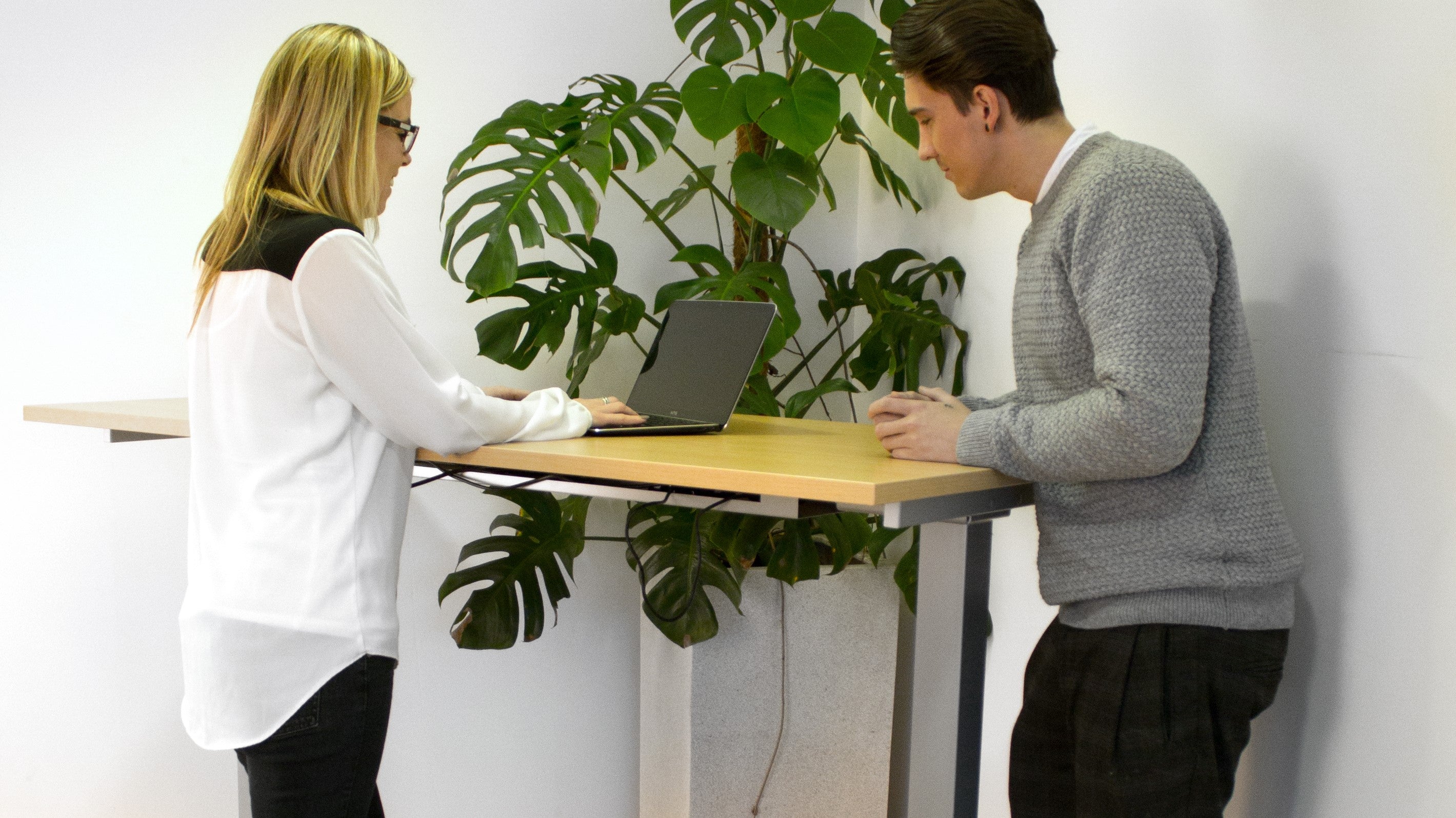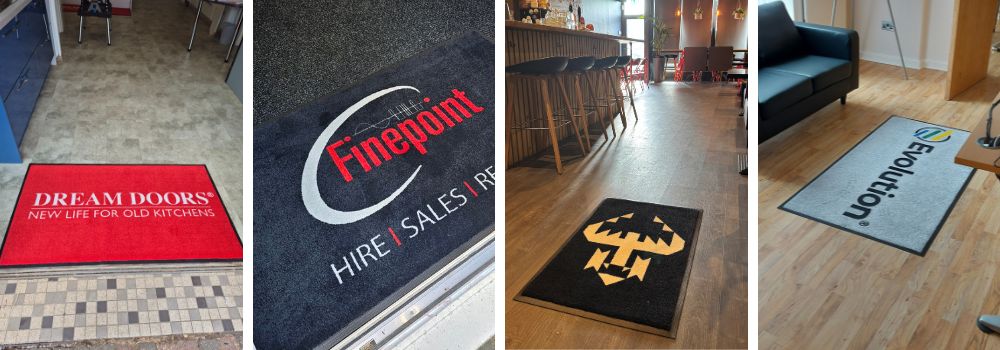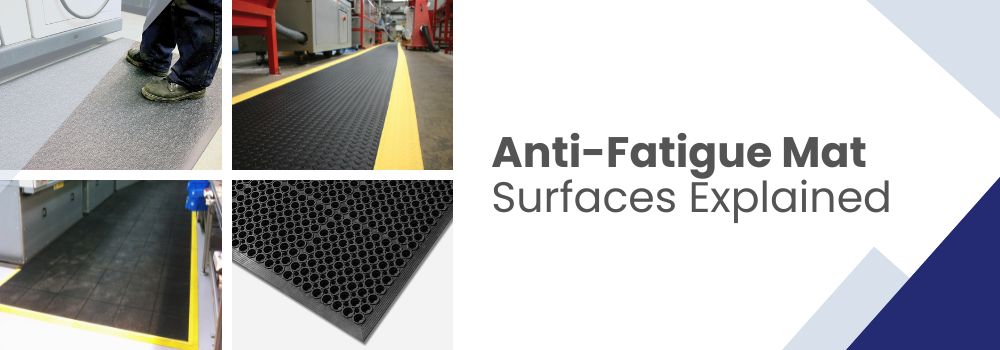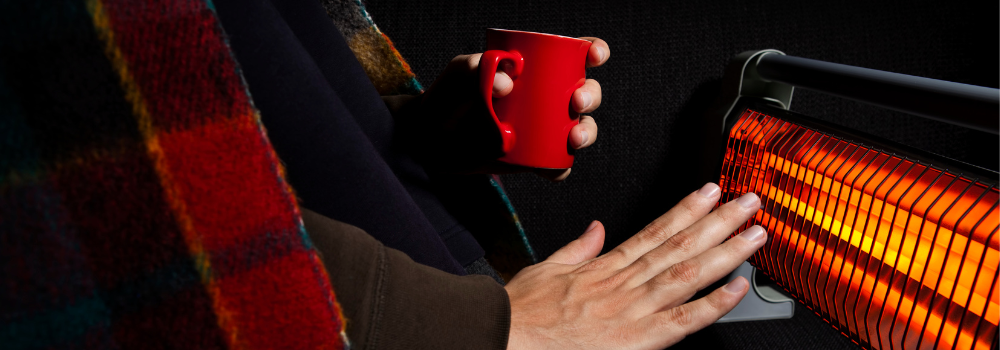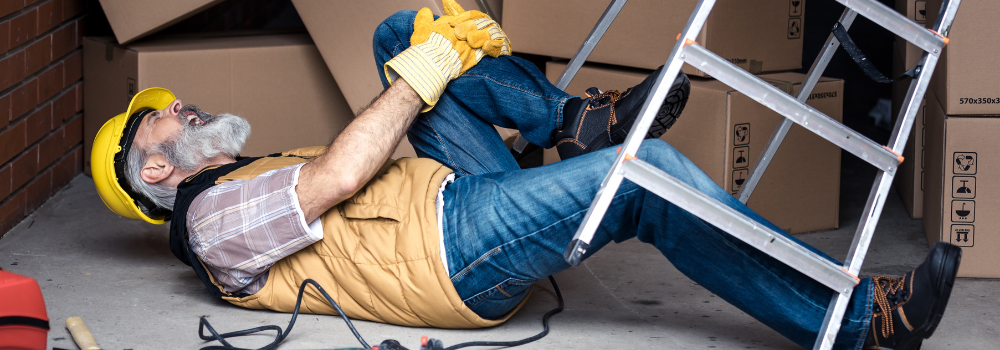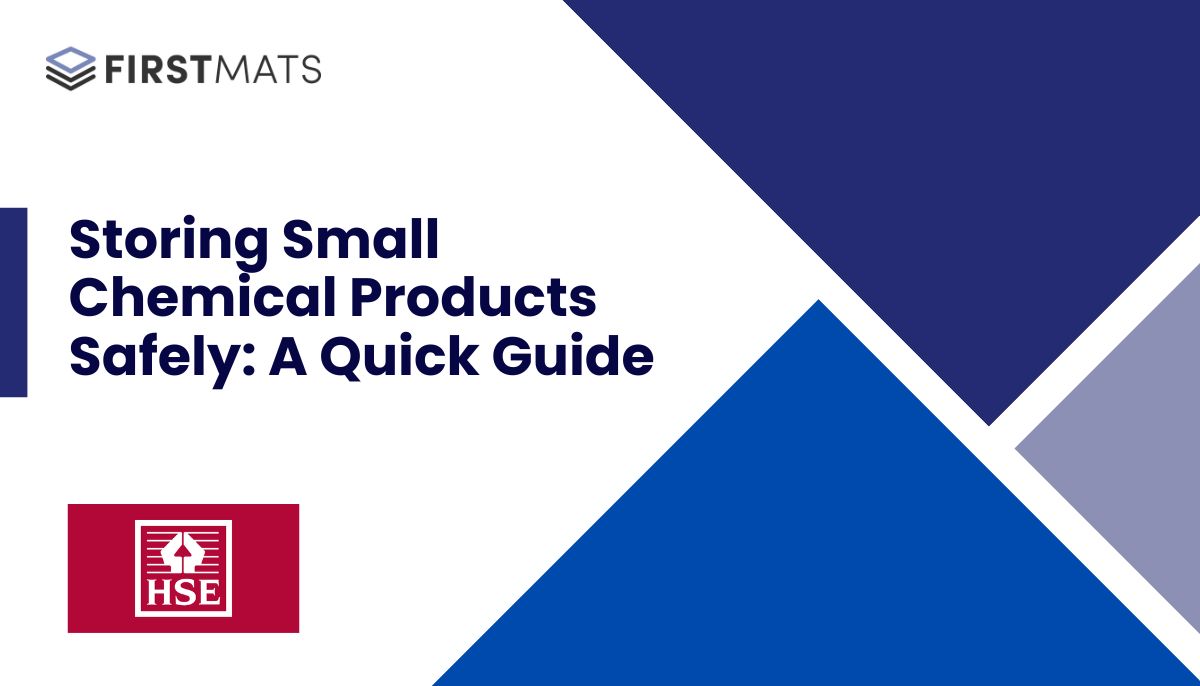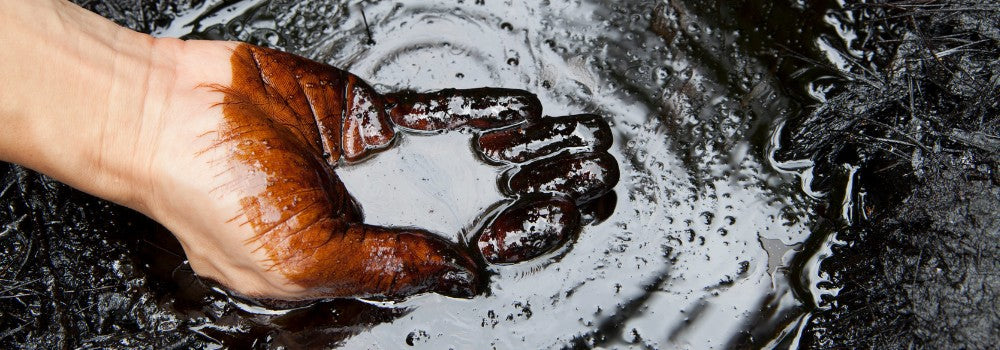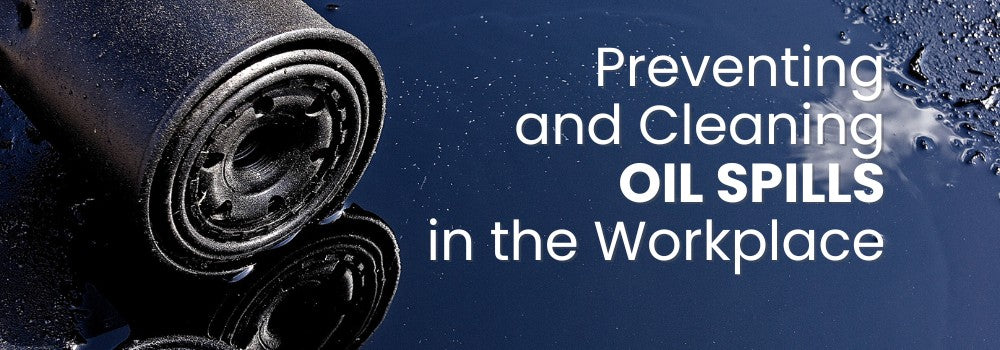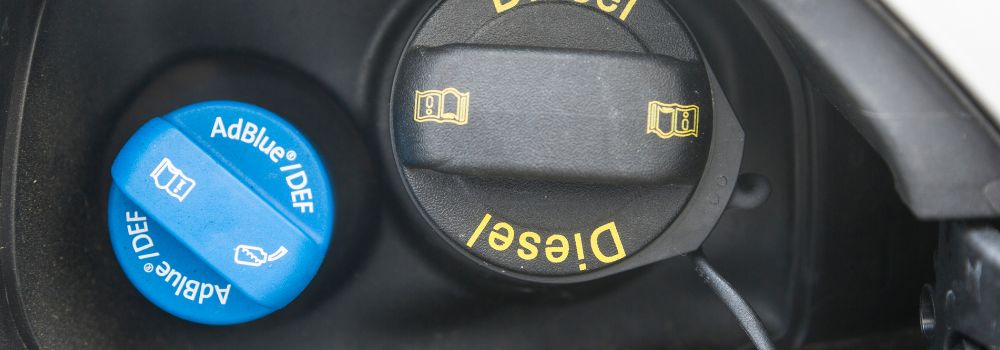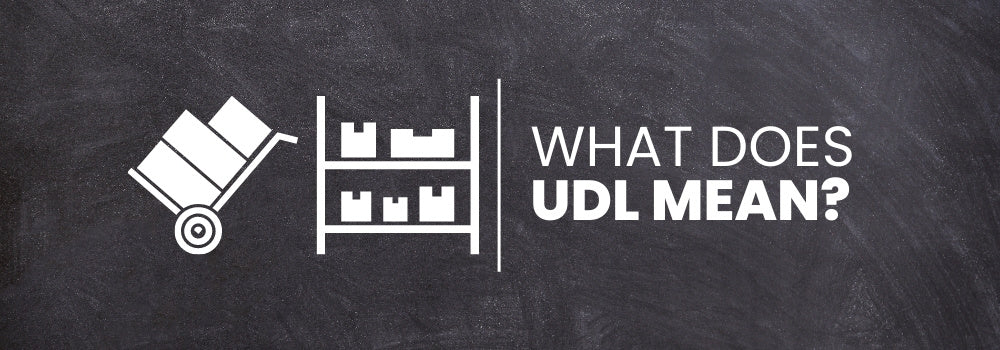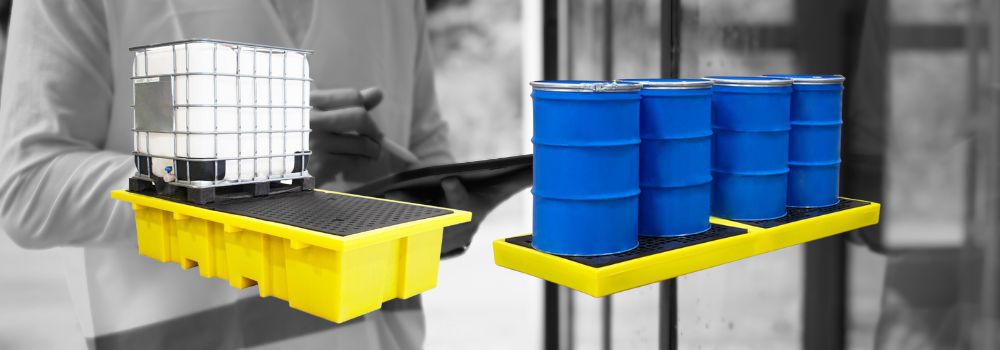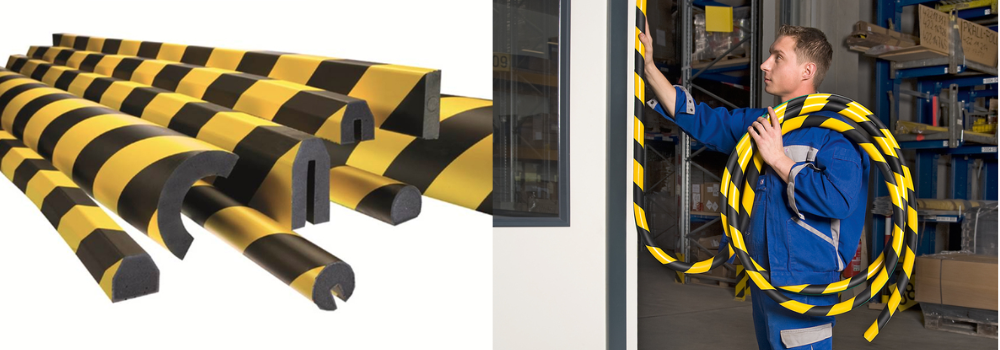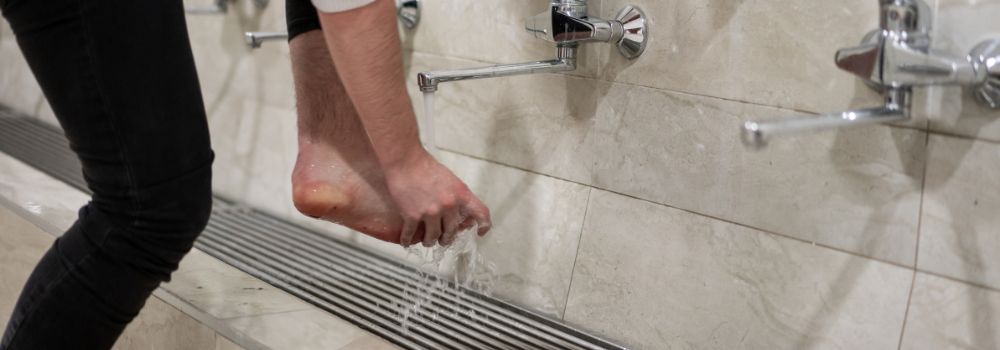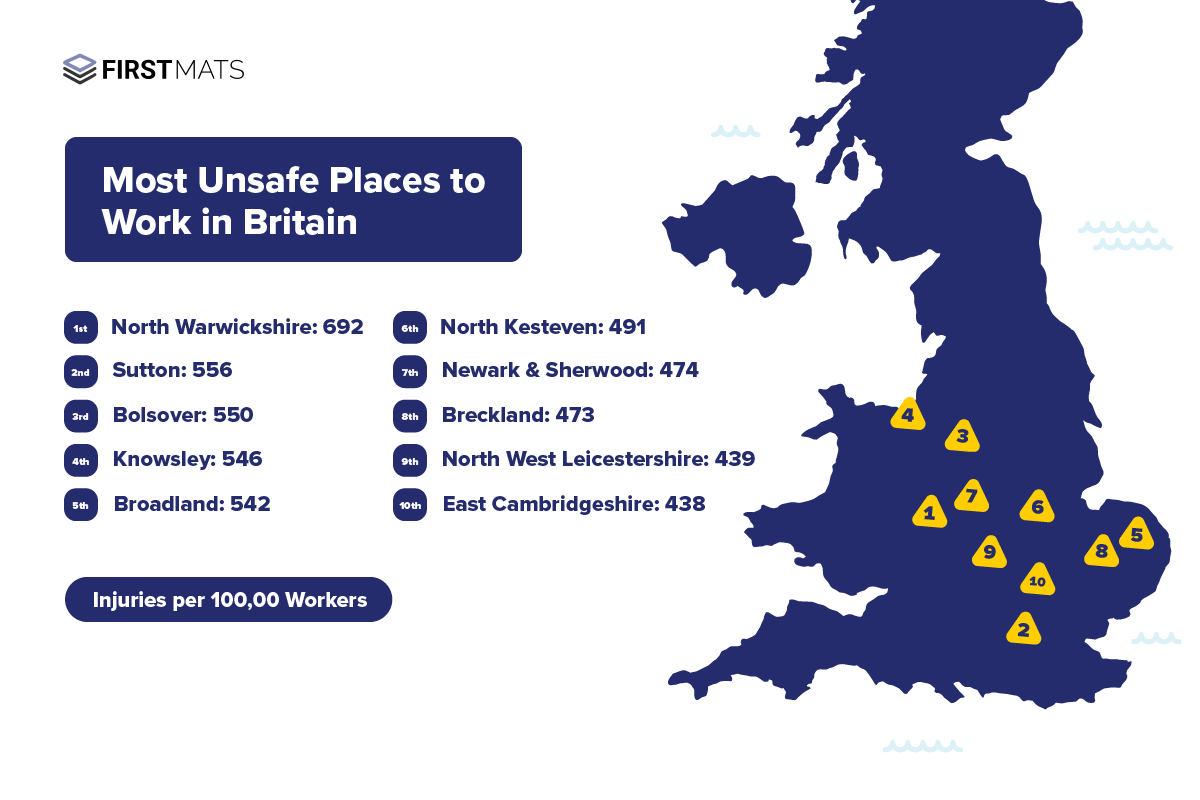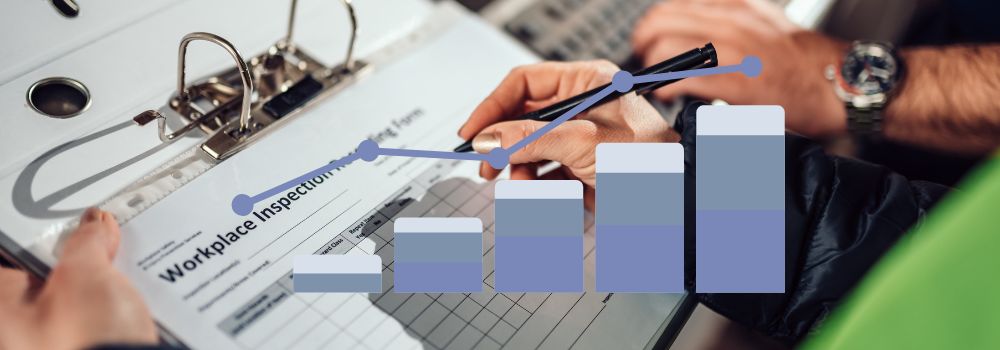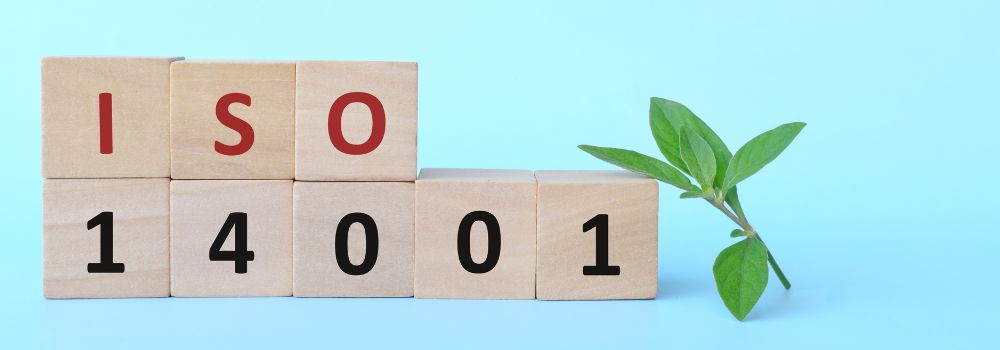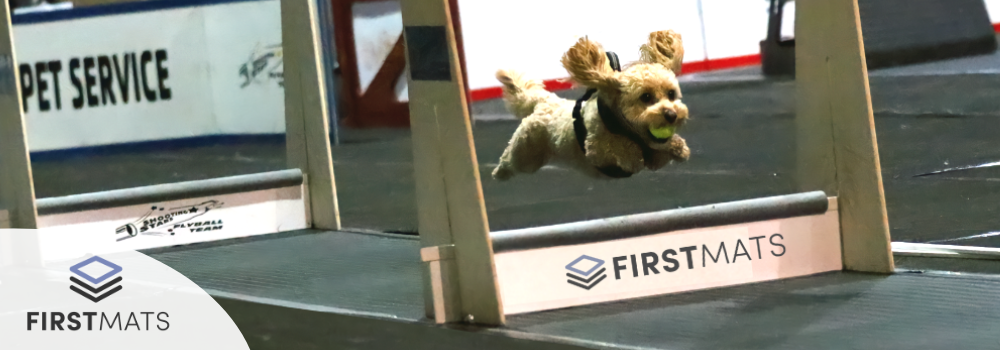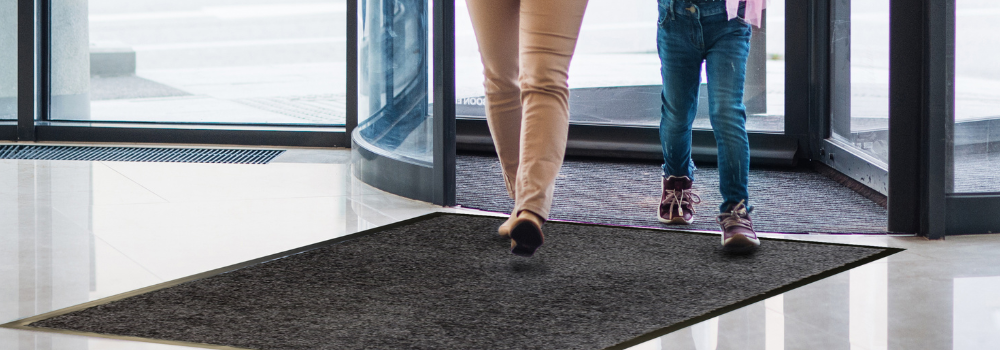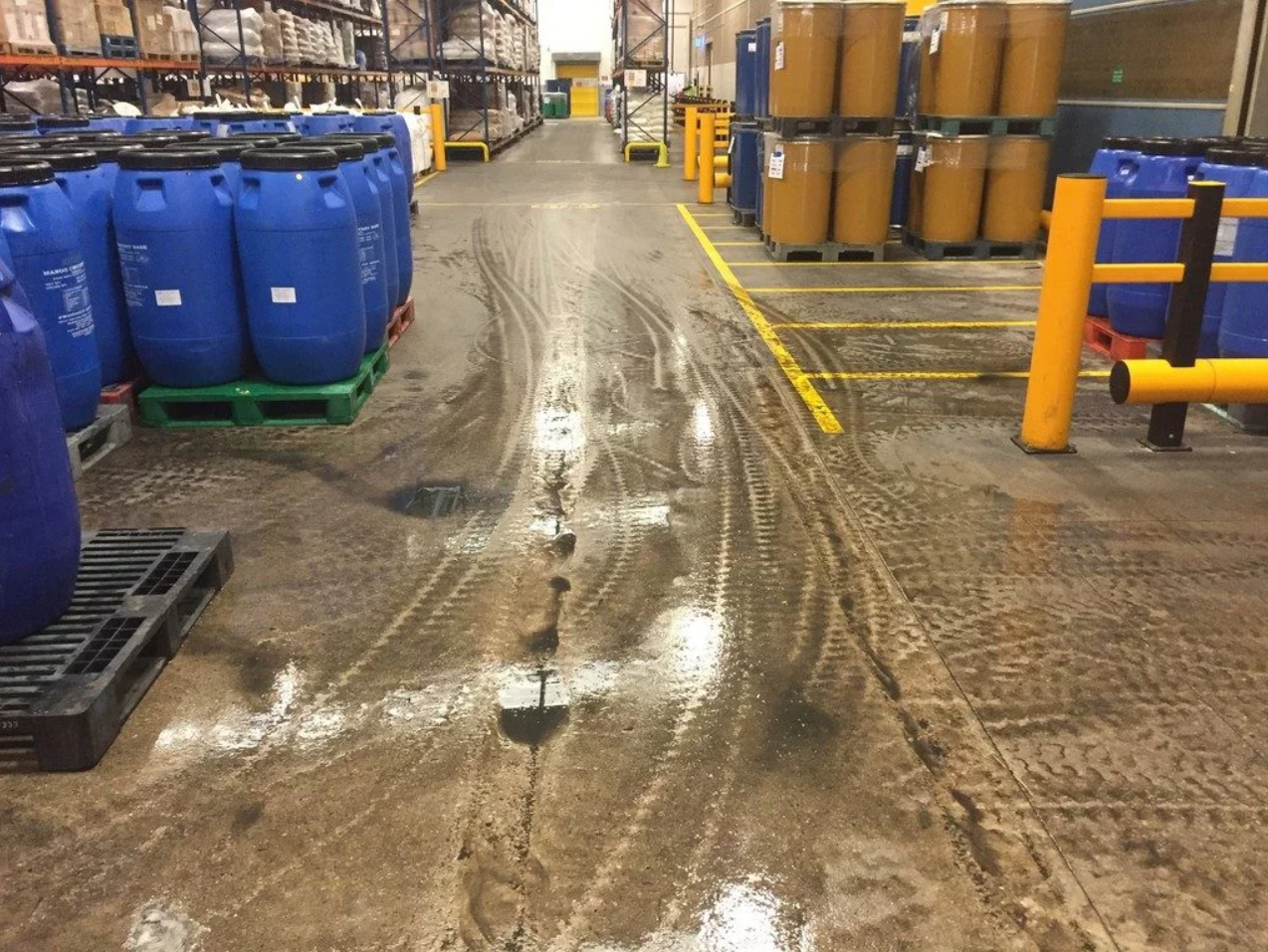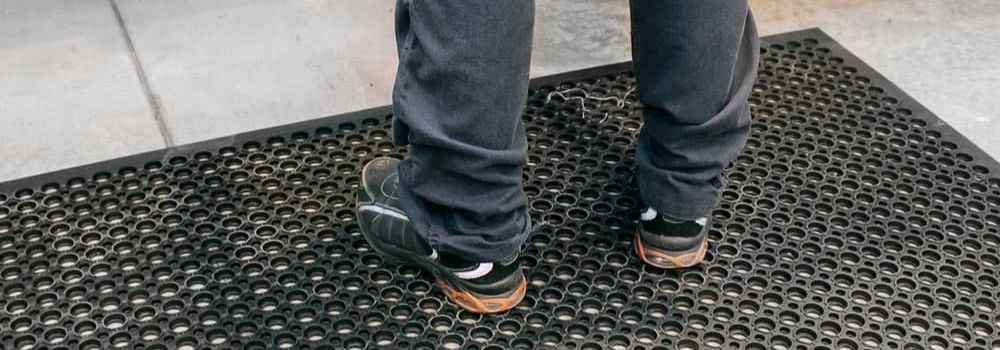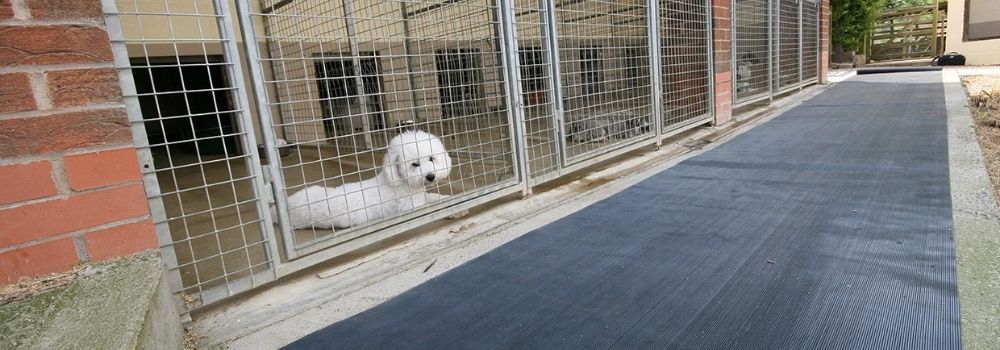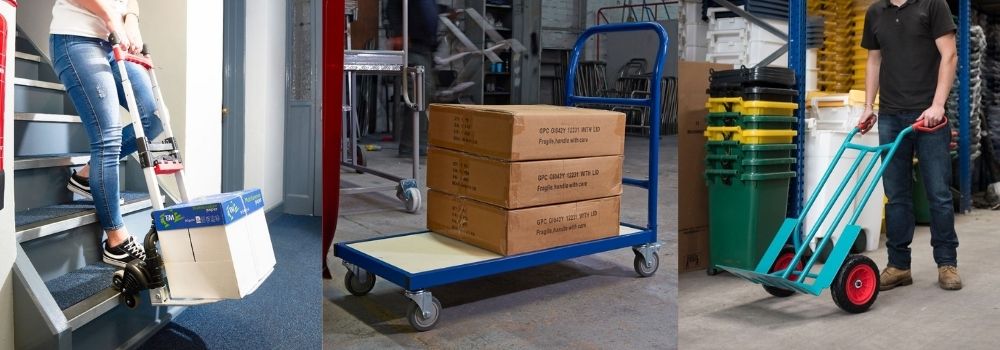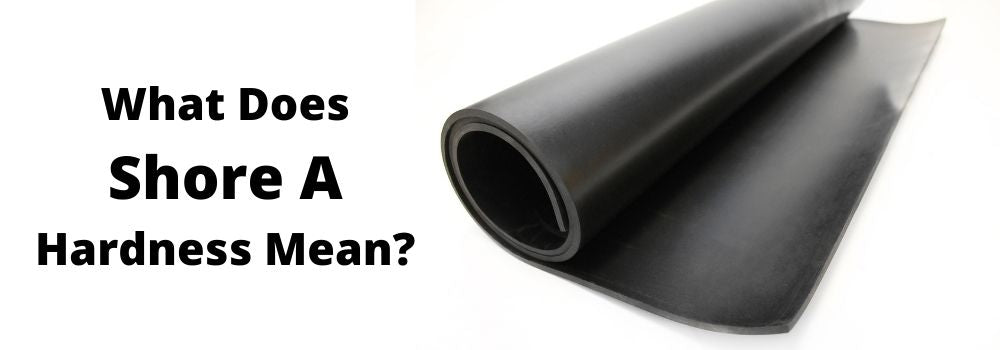How Do Spill Kits Work?

by Richard O'Connor
Jun 02, 2020 | *5 minutes to readIf you’ve ever had to clean up spilt engine oil in the garage at home, you’ll know that using ordinary rags or cloths can be a dirty, slow job. That may be OK in a domestic setting, but you’ll need a quicker and safer approach in the workplace.
An oil slip is extremely slippery, and a small patch on the floor could cause a nasty fall or trip.
Then there’s the risk of fire and environmental hazards, not to mention the disruption to work if there’s no ready way to deal with the spill. It may not be an accident on the scale of an enormous marine oil disaster, but it’s still a workplace hazard that needs managing.
Luckily, a spill kit is a great way to clear up the spillage.
And if you’ve ever seen an oil spill kit being used, you’ll know how fast the highly absorbent pads and socks in the kit get to work.
How long does it take to clear up an oil spill?
The whole task can be completed without rushing in four or five minutes.
The kit is clearly labelled in a bright yellow wheelie bin or shoulder bag, so whoever is trained to deal with the clear-up can quickly grab it, along with gloves and other PPE, and go straight to the spot.
The absorbent socks are placed around the spill to stop the oil from spilling out any further, and the absorbent pads are put over the oil to soak it up fast. Then the oil-soaked pads are put into the bag that comes as part of the kit, ready for safe disposal.
Job done – just make sure you have a refill ready for future spills.
How does the Spill Kit work?
Two kinds of spill kits can deal with oil, and it’s good to know how they work and which is suitable for your workplace.
First, there’s the Oil Spill Kit – containing white absorbent pads and socks. The pads and socks only soak up oil while repelling water, which means they can be used where the oil spill has been contaminated with water or outside.
It’s all down to a clever bit of materials technology. The pads and socks are packed with synthetic sorbents, special polymers that attract oil molecules (‘oleophilic’) while repelling water (‘hydrophobic’). So rather than becoming saturated with water, the absorbent material goes to work soaking up the oil and nothing else.
The white absorbent pads and socks also change colour as the oil is sucked up, so it’s obvious when the material has reached saturation point and is ready to be disposed of.
It’s this hydrophobic, or water-repellent, quality that means you can use the Oil Spill Kit to clear up oil spills from ponds, streams, water tanks and pools without the pads and socks becoming a soggy, waterlogged mess.

You can use the Oil Spill Kit with hydraulic oil, engine oil or lubricating oil, and other hydrocarbons, including fuel and solvents.
If the oil spill hasn’t been contaminated with water, then our Universal Spill Kit can be used – these have grey socks and pads. This kit will soak up anything non-hazardous, making it helpful in clearing up water, coolants, drinks, paint and other spilt liquids, including oil.
For hazardous chemicals, you’ll need the Chemical Spill Kit, designed to soak up chemicals, acids and alkalis, making it a valuable piece of kit for a COSHH-compliant workplace.
What does a Spill Kit Contain?
Spill Kits contain everything you need to be able to deal with a spill quickly and efficiently. The basic list of Spill Kit Contents includes;
- Sheets of absorbent pads so soak up the spill
- Absorbent socks to stop the spill from spreading
- Disposal Bags
- Container or carry bag to store the contents and the waste.
If a spill kit is used, it may be possible to purchase a refill kit so that the spill kit can be used again without having to replace all of it.
What size Spill Kit do I need?
If you have liquids on site, you’ll want to have the right size spill kit on site ready to clear up any spills. And choosing the right one comes down to knowing how large you think the spill might be.
The kits come in different sizes, based on how big the spill is expected to be: 50 litres up to spills of 240 litres. They are packed in either a wheelie bin or shoulder bag, depending on how many kits they need to house.
We recommend ensuring you have enough provisions to soak up around a quarter of the liquid in storage.

Like a fire extinguisher or a first aid station, spill kits are an invaluable piece of safety equipment for dealing with emergencies. Hopefully, you’ll never need to use it, but when you do, it’s ready to swing into action.
View the First Mats Range of Spill Kits;
Want to learn more about Spill Control?
Explore More Topics
Frequently Asked Questions
If you have any questions, we’re here to help
How long does delivery take?
Each product comes with a specified lead time for delivery. We'll keep you informed if there are any delays in meeting this timeline.
Typically, once you’ve finalised your order and approved the proof, it will take 4-5 business days to make and deliver your finished mat.
If my order is damaged, can I return or exchange it?
Got a problem with your order? If something's not right or you're not thrilled with the quality, just let us know within 14 days of getting it. Drop us a line, and we'll tell you what to do next—usually, it starts with you sending us a photo of the issue. Once we check that out, we'll sort you out with a refund or a new item, no fuss.
Can I get my mat delivered more quickly?
Need your item in a hurry? Just Contact us to explore the faster delivery options we might have for you!
If my custom mat is damaged, can I return or exchange it?
Got a problem with your order? If something's not right or you're not thrilled with the quality, just let us know within 14 days of getting it. Drop us a line, and we'll tell you what to do next—usually, it starts with you sending us a photo of the issue. Once we check that out, we'll sort you out with a refund or a new item, no fuss.


